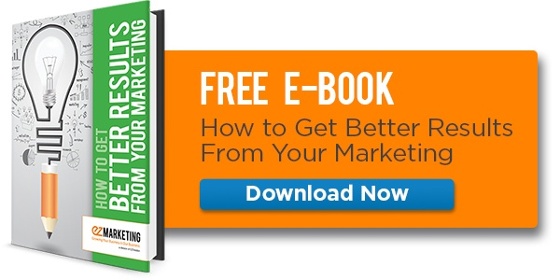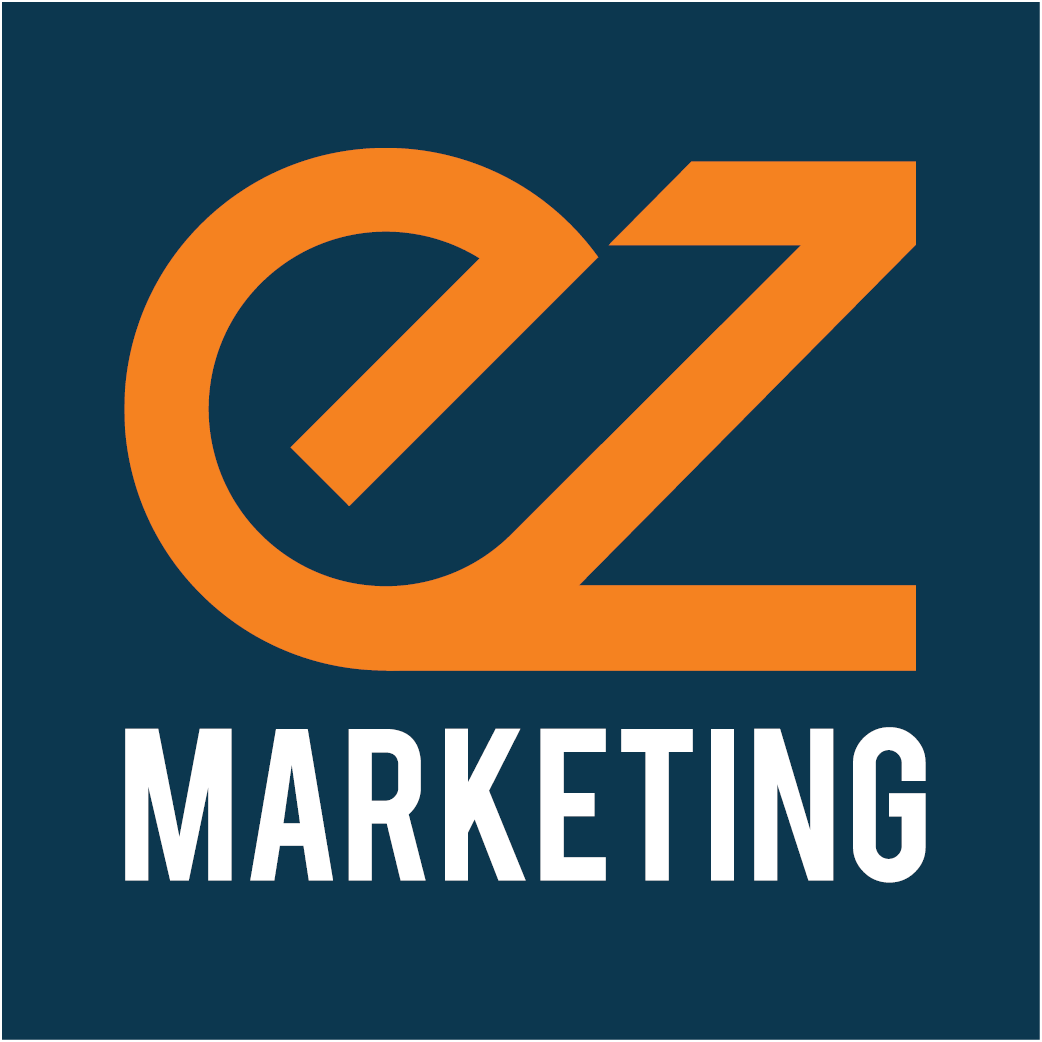Most companies try all different sorts of marketing tactics to obtain more leads and business. But a lot of those companies don't know exactly what is working or how to integrate their marketing channels so that their brand message and marketing is, for the most part, consistent and tracked. Different channels can use different messaging, but your brand story should be consistent throughout.
Here are some examples of integrated marketing channels to make the most of your marketing efforts and to help you know what is working, and what isn't.
Boosting offline events with digital
Maybe you have an open-house, are hosting a seminar, are featuring specials or discounts, or have some event going on at your business. There are lot of different ways you can integrate your marketing efforts to increase the attendance, and business, from these events.
- You can create an event on Facebook and target your audience and location using different images and messages to see what is working the best. Your audience can either attend the event on Facebook, or you can lead them back to a unique landing page specific for this event and use a conversion pixel to see how many people registered for your event by creating and advertising your event on Facebook.
- With the same event you could run a PPC campaign through Google Adwords that is very targeted towards your location, and you could use a unique landing page to attribute registrations from the PPC campaign through a tracking tool.
- Send out an email blast to your list to let them know about your event with a unique and trackable link that sends the users back to a unique landing page for your emails.
- Another example of integrating marketing channels for events is mailing out a physical piece to your ideal customers in your location to let them know about the event that uses a unique trackable link that directs them to a unique landing page so you can attribute attendance with your physical mail efforts. Take it a step further and also add a unique phone number on the mail piece so anyone who calls in with questions about your event you identify as a lead generated by your direct mailer.
Show off great customer service online
When customers are researching companies, whether B2B or B2C, one of the biggest trust factors is seeing a lot of rave reviews from other customers. This helps to ease their mind and drive them towards choosing your business over another. It is especially important for local businesses as 92% of consumers read online reviews, according to Bright Local. Even if your price is slightly higher, as long as your product and service is superior then you should see an increase in business.
Your customer service team should be well-trained and aware that anything that they do or say could lead to a good or bad review online. This could be on your Google page, Yelp, Angie's List, social media pages and the like. This is why managing your reputation is so important.
From the good reviews that you do get, whether they be over the phone or a paper they filled out, compile all the rave reviews. Then, you can either share them on your website on a testimonials page and/or regularly post them on social media.
Take it a step further and ask those happy customers to leave their review on your Google or Yelp page. Don't ask for them to leave a 5-star review, tell them what to say, or offer them discounts for leaving a good review - all of which are against most review sites terms of service anyhow. Just ask for their honest feedback on their experience because if you are asking the right people they will leave a good review.
Increase conversions by integrating marketing channels
Everyone wants more conversions on their site, and by creating a better user experience with good calls to action, increasing your organic SEO and referral traffic, posting more content on industry sites and blogs, and consistently sharing on social media, you can increase the amount of visitors to your site and potentially the conversion rate as well.
But how can you increase conversions on your site using offline tactics that integrate with digital?
- Do you have a billboard and know the business you are getting directly from it? If not, you should create unique, trackable links for the billboard, along with a unique phone call tracking number and specific landing page for that billboard. This way, if you get a conversion (phone call, form fill, etc), you'll know if was from that billboard.
- If you are sending out any physical mail you should be incorporating the same tactics of trackable landing pages, phone numbers and links that are unique from other marketing channels to determine whether your offline tactics are working out. Mail out coupons or one-time use discount codes in your mail pieces, unique to this channel, to distinguish the correlation between the online conversions and the traditional marketing campaign.
- Get a high-quality TV commercial done or pay for a media placement in an industry magazine again using a unique and trackable phone number, link and landing page so you can attribute any calls or sales specifically back to the TV commercial to justify your return on investment.
Be sure that whatever integrated marketing channels you are using for offline tactics that you have different trackable links, phone numbers and landing pages for each channel. If you don't, then you won't be able to determine what marketing tactics generated each of your leads and/or sales.
For online tracking, if you're using an advanced tracking tool you should be able to identify the first moment (first touch) a prospect has with your marketing tactics.
So when it comes to integrating marketing channels, whether online or offline, you should always track each channel with unique phone numbers, landing pages and trackable links to know what is working and what is not. When you know what is giving you the highest ROI, you can focus more time and money to invest in those channels - and avoid wasting money on channels that aren't earning you a return for your efforts.

